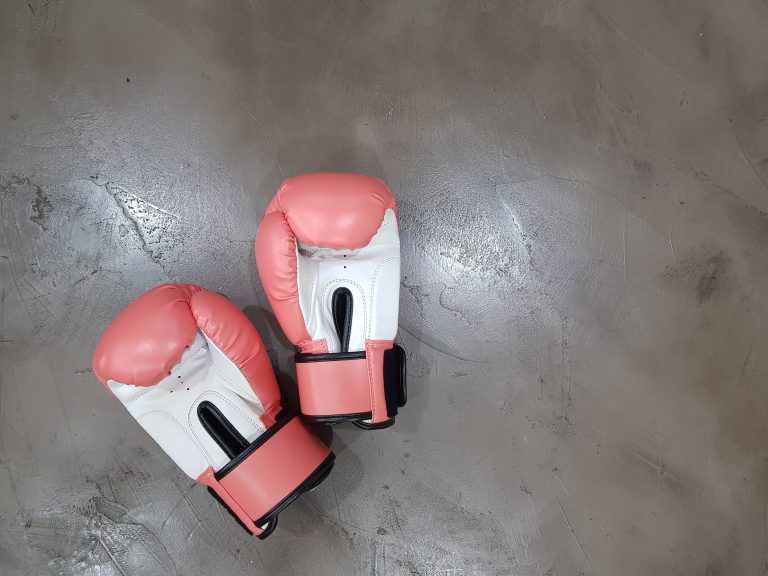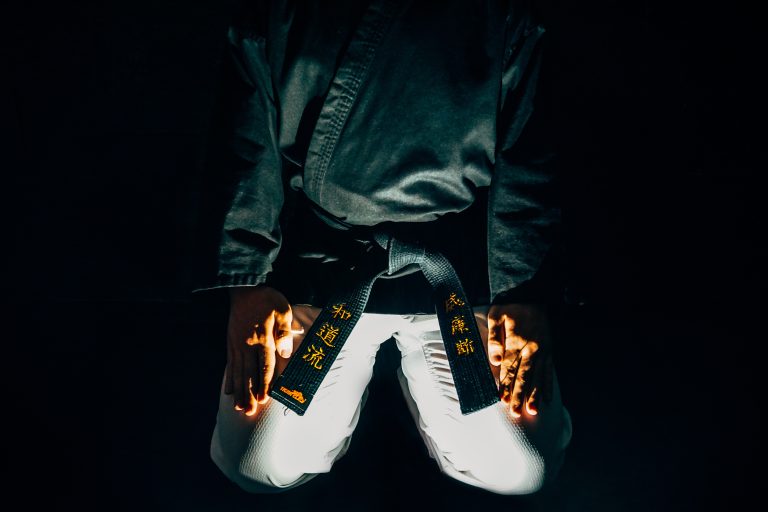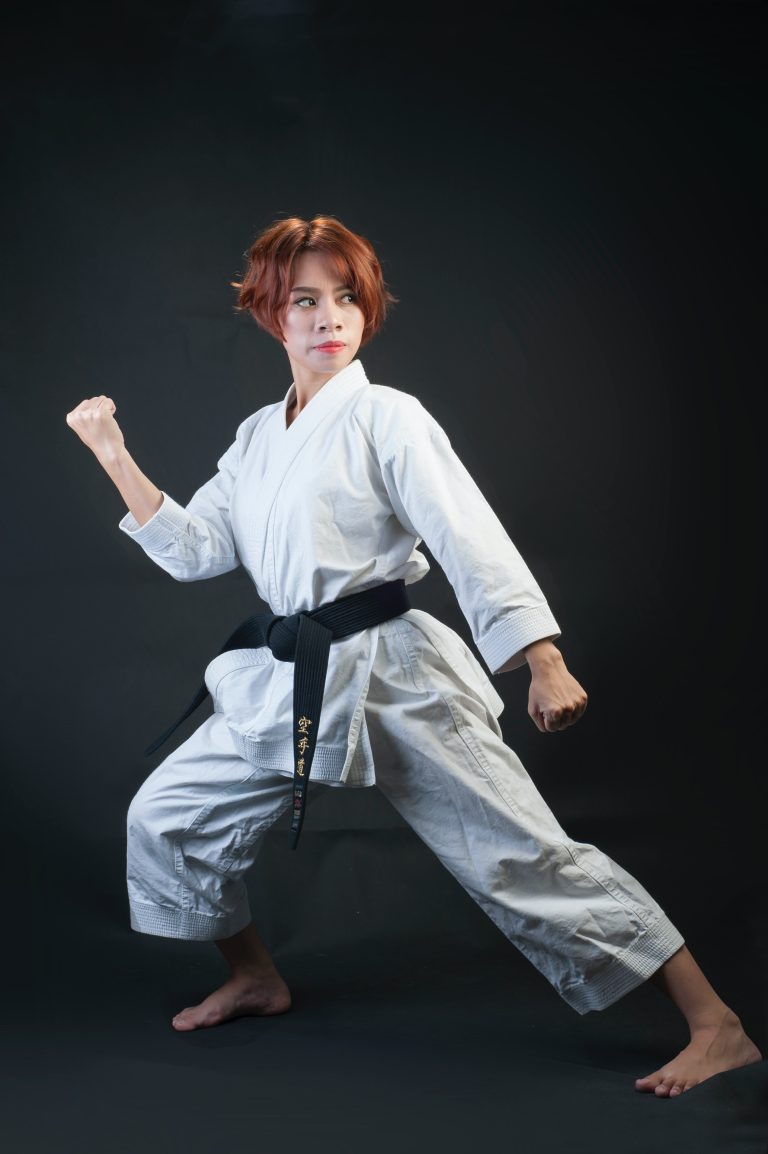The 10 Best Karate Techniques for the Competition
Karate, a martial art that originated in Okinawa, Japan, is known for its powerful and fluid movements that are both deadly and mesmerizing to watch. In karate competitions, participants showcase their skills by performing a series of techniques that require speed, accuracy, and strength. Here are the 10 best karate techniques that can give you an edge in the competition.
1. Front Kick (Mae Geri)
The front kick is one of the most basic karate techniques, but it’s also one of the most effective. To execute this technique, lift your knee and extend your leg forward, making contact with the ball of your foot. Aim for your opponent’s chest, head, or groin.
2. Roundhouse Kick (Mawashi Geri)
The roundhouse kick is a versatile technique that can be used to attack the body, head, or legs of your opponent. To execute this technique, pivot on your standing foot and bring your rear leg across your body, striking with the top of your foot.
3. Axe Kick (Mae Tobi Geri)
The axe kick is a powerful technique that can be used to break through your opponent’s guard. To execute this technique, jump into the air and bring your leg down in a chopping motion, hitting your opponent with your heel.
4. Side Kick (Yoko Geri)
The side kick is a quick and powerful technique that can be used to attack your opponent’s ribs or head. To execute this technique, lift your knee and extend your leg to the side, striking with the blade of your foot.
5. Back Fist Strike (Uraken)
The back fist strike is a versatile technique that can be used to strike your opponent’s face, chin, or temple. To execute this technique, twist your hips and shoulders, bringing your fist across your body.
6. Reverse Punch (Gyaku Zuki)
The reverse punch is a fast and powerful technique that can be used to strike your opponent’s face or body. To execute this technique, twist your hips and shoulders, bringing your fist forward in a straight line.
7. Front Punch (Oi Zuki)
The front punch is a basic but effective technique that can be used to strike your opponent’s face or body. To execute this technique, extend your arm forward in a straight line, making contact with your knuckles.
8. Knee Strike (Hiza Ate)
The knee strike is a close-range technique that can be used to strike your opponent’s groin or body. To execute this technique, bring your knee up to your chest and thrust it forward.
9. Elbow Strike (Hiji Ate)
The elbow strike is a devastating technique that can be used to strike your opponent’s face or body. To execute this technique, bring your elbow up to your shoulder and strike downward.
10. Spinning Back Kick (Ushiro Geri)
The spinning back kick is a flashy technique that can catch your opponent off guard. To execute this technique, spin on your standing foot and bring your rear leg around in a circular motion, striking with your heel.
In conclusion, mastering these 10 karate techniques can give you an edge over your opponents in competition. Remember to practice each technique until it becomes second nature, and always focus on your form and technique to ensure maximum power and accuracy.
The 10 Best Karate Techniques for the Competition – FAQ
Karate is a Japanese martial art that has been around for hundreds of years. It requires focus, discipline, and hard work to master. One of the most important aspects of karate is learning the right techniques for the competition. In this article, we will be answering the most frequently asked questions about the 10 best karate techniques for competition.
1. What are the most important karate techniques that I need to master for competition?
Some of the most important karate techniques you need to master for competition include:
- Straight Punch: This is one of the most basic and effective techniques in karate. It involves punching directly at your opponent’s face using your lead arm.
- Front Kick: This is another basic technique that involves kicking your opponent in the midsection using your lead leg.
- Roundhouse Kick: This technique involves a sweeping circular motion of the leg, kicking your opponent in the midsection or head.
- Side Kick: This is a powerful technique that involves kicking your opponent in the midsection using the heel of your foot.
- Back Kick: This is a surprise move that involves quickly turning around and kicking your opponent in the midsection or head using your back leg.
- Hook Punch: This technique involves punching your opponent in a hooking motion, typically aiming for the chin.
- Uppercut: This is a technique that involves an upward punch that can be used to target the chin or stomach of your opponent.
- Elbow Strike: This technique involves using the elbow to strike your opponent in the face or body with a powerful blow.
- Knife Hand Strike: This technique involves using the blade of your hand to strike the opponent in the head or neck.
- Hammerfist: This technique involves striking your opponent with a clenched fist, typically used to target the nose or jaw.
2. Which karate technique is the most effective for competition?
There is no single karate technique that is the most effective for competition. It really depends on the situation and the opponent you are facing. Each technique has its own strengths and weaknesses. However, some of the most effective karate techniques for competition include straight punch, front kick, roundhouse kick, and sidekick.
3. How do I improve my karate techniques?
To improve your karate techniques, you need to practice regularly and focus on the fundamentals. Start with the basics and work your way up to more advanced techniques. Make sure that your form is correct and that you are using proper technique. You can also work with a coach or instructor who can provide feedback and help you improve.
4. How do I choose the right karate technique to use in a competition?
Choosing the right karate technique to use in a competition depends on a variety of factors, including your opponent’s style, their strengths and weaknesses, and the situation you are in. It’s important to be familiar with a variety of techniques so that you can adapt to any situation. However, it’s equally important to master a few key techniques so that you can use them effectively in competition.
5. How do I know if I’m using the right technique in a competition?
In a competition, it’s important to stay focused and be aware of your opponent’s movements. You should also pay attention to your own technique and make adjustments as needed. If you’re not sure if you’re using the right technique, talk to your coach or trainer for feedback and advice.
6. Are there specific techniques that are best for self-defense?
Yes, there are specific karate techniques that are best for self-defense. These include techniques like elbow strikes, knee strikes, and joint locks. The key is to learn and master techniques that can help you defend yourself in a variety of situations.
7. Can I use karate techniques in other martial arts?
Yes, many karate techniques can be used in other martial arts. However, it’s important to keep in mind that each martial art has its own unique techniques and focus. If you are interested in learning karate techniques for use in other martial arts, talk to a coach or instructor who has experience in both areas.
8. How do I defend against a karate technique?
Defending against a karate technique involves anticipating your opponent’s movements and staying aware of your surroundings. You should also practice basic defensive techniques like blocking and evading. If you’re not sure how to defend against a particular technique, talk to your coach or trainer for advice.
9. How do I prepare for a karate competition?
Preparing for a karate competition involves practicing your techniques regularly and focusing on building endurance and strength. You should also practice visualization techniques to help you mentally prepare for the competition. Make sure that you are eating a healthy diet and getting enough rest and recovery time.
10. What should I do if I get injured during a karate competition?
If you get injured during a karate competition, it’s important to seek medical attention right away. Stop competing immediately and get evaluated by a medical professional. Depending on the severity of your injury, you may need to take time off from training and competing to allow your body to heal.
In conclusion, mastering the right karate techniques for competition takes time and dedication. By focusing on the basics and practicing regularly, you can improve your technique and become a more effective competitor. Remember to stay focused and stay aware of your surroundings to maximize your chances of success.
Inhaltsverzeichnis





